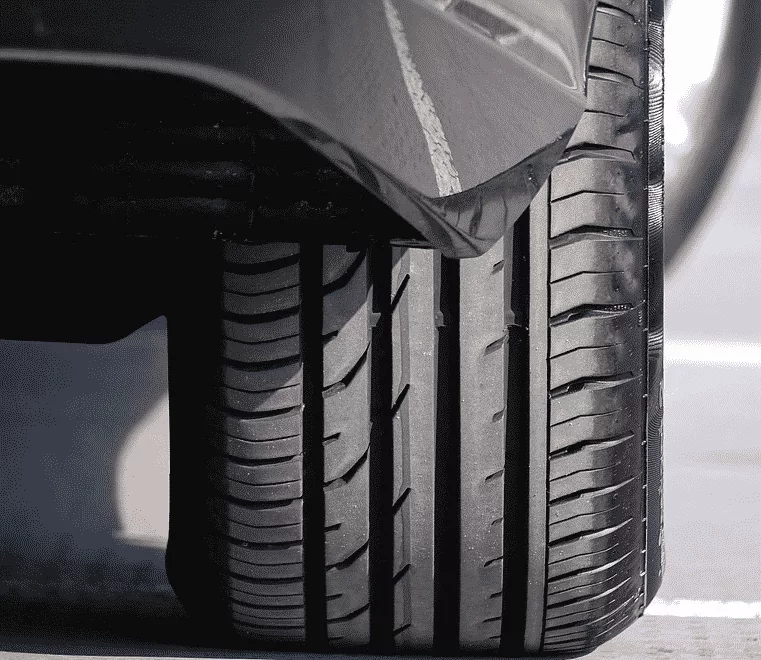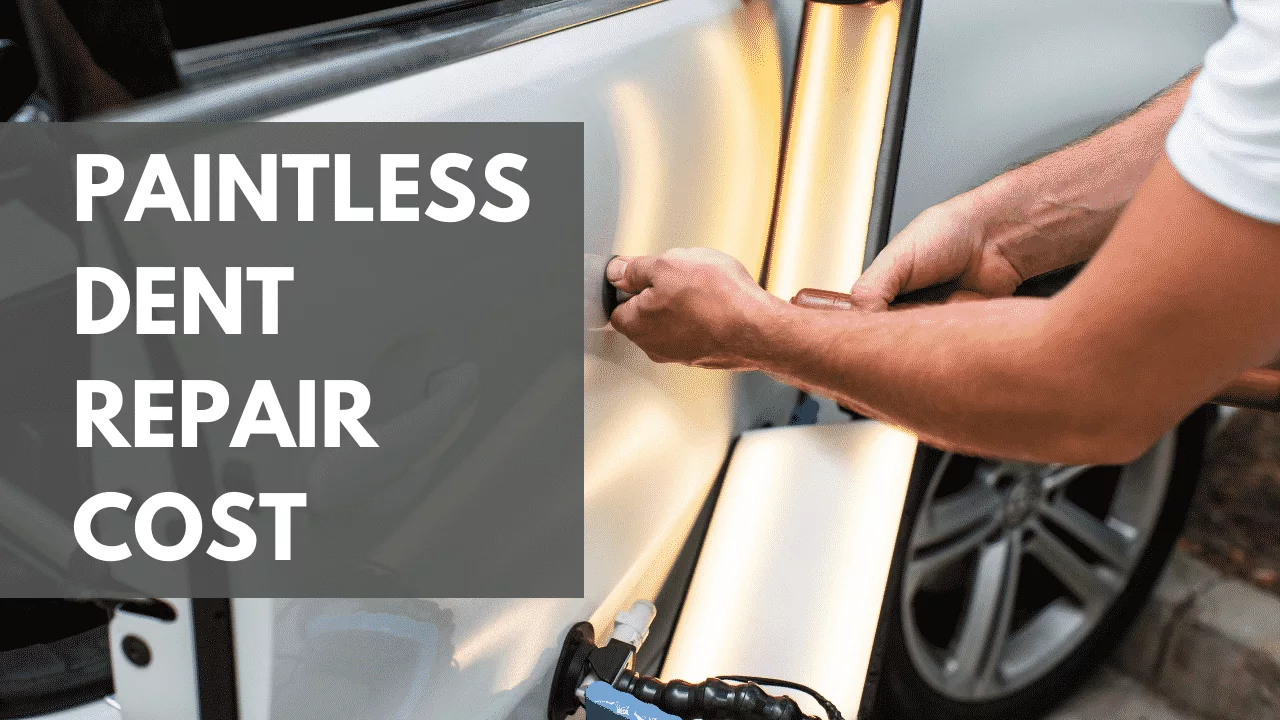
Tire Rotation Service
Just like replacing the windshield to keep your car safe, it’s also recommended to rotate and change out the tires as needed. If your vehicle vibrates and shakes when you’re driving, it could be time for a tire rotation.
In this article, I’ll explain why regular tire maintenance is necessary, how often it’s needed, and the average cost. I’ll also describe the different types of services available so that you can decide which option is best for your vehicle.
Is Rotation Necessary
Regular tire rotations are an essential service for cars because it helps protect them from uneven wear and tear. Not only does tire rotation improve your car’s performance, but it also extends your tires’ life and saves you money in the long run.
How Often Should You Rotate
To prevent tire performance issues, they should be rotated every 5,000 – 7,500 miles or about six months to ensure their longevity and even wear. Rotating helps maintain the vehicle’s handling and extends the tread life by helping them wear evenly.
When the tread gets worn out in one particular area, it can create unevenness in your steering and braking, leading to degraded performance on wet or icy roads.
How Long Will Tires Last If Not Rotated
The lifespan of tires without regular rotation will depend on their construction, tread pattern, road conditions, climate, and how they are used. Tread patterns determine the amount of pressure placed on each part of the tire when used, while road conditions and environments cause wear from waves, bumps, and constant heat or cold. Tire usage also plays a role in determining longevity, as aggressive driving increases tire wear considerably.
When predicting how long a set of tires will last without regular rotations, most manufacturers estimate 30-50% less life than those rotated every six months or between 5,000-7,500 miles. Of course, the exact time frame can vary due to the factors mentioned earlier. Still, if neglected for too long, tires could crack or blow out entirely before their estimated lifespan is up.
What is the approximate time needed to rotate the tires?
In most cases, a technician will only take about 20 minutes to complete the rotation process, which includes removing and reinstalling the wheels and balancing them afterward.
A good rule of thumb is to check with your mechanic before having any work done on your vehicle; they will be able to advise you how long it will take for them to rotate your tires properly.
What Is The Average Cost Of Rotating Tires
On average, proper tire rotation typically costs between $30 and $50, depending on the service center you visit and the type of car you drive. However, the exact cost of tire rotation may vary depending on whether it’s just a simple rotation or a more intensive service such as balancing or aligning the wheels. In addition, some additional services may require a higher fee than others.
Tire Rotation Pattern
The particular pattern a mechanic follows during tire rotation will vary depending on the type of car.
There are three ways to rotate your tires.
- First Way: Front and Rear Tires Positioned Opposite of Each Other: This means that the front and rear tires on each axle face opposite directions or different sides of the car.
- Second Way: Front and Rear Tires Positioned Same as Each Other: In this case, the tires on each axle face the same direction or side of your car.
- Third Way: Front and Rear Tires Parallel With Each Other: In this arrangement, the front and rear tires are rotated parallel to each other in a straight line with their original positions.
The correct tire rotation pattern ensures maximum tire life by preventing excessive wear throughout the overall lifespan of each tire. While some cars require a specific tire rotation pattern, many now operate with symmetrical wheels that can be rotated freely following either of these patterns.
What Is The Best Tire Rotation Pattern
The most common rotation pattern is a “rearward cross,” where the rear wheels are moved forward, and the front wheels are moved backward.
This movement promotes symmetrical tread wear and ensures even wear over time. It also helps preserve tire life by ensuring one tire does not become excessively worn down before its counterparts.
Another popular rotation pattern is the “digon” pattern, where the right rear wheel is swapped with the left front, and so on. This type of alternating movement creates even wear differently than the rearward cross and may be more suitable for certain types of vehicles.
Whichever pattern is used, make sure it follows whatever instructions your car manufacturer recommends when it comes to performing rotations. However, performing rotations other than those listed in the owner’s manual shouldn’t affect your driving performance.
Is It Better To Cross-Rotate
With cross-rotation, you’re essentially switching one tire’s camber, toe angle, and tread direction with another’s. By rotating your tires this way, it’s possible they will last 25% longer than if you left them in their original positions on the car. This can significantly reduce the overall associated maintenance costs for your vehicle.
Is The Tire Rotation Pattern Different For AWD Cars and SUVs
The rotation pattern for All Wheel Drive (AWD) Vehicles differs from the standard pattern used for cars and lighter-duty SUVs. This is because of the added spin characteristics in AWD vehicles, which require all four wheels to be equally balanced to ensure maximum traction in any environment.
When rotating tires on an AWD vehicle, it’s essential to use a “criss-cross” method rather than simply switching the positions of the front and rear wheels. This means that each tire will move between both sides of the vehicle and diagonally across.
Tips To Extend Tread Life
- Avoid taking off quickly.
- Avoid breaking or stopping quickly.
- Avoid carrying heavy loads for long periods of time.
- Avoid towing heavy items.
- Maintain good shocks and struts.
- Maintain proper air pressure.
- Maintain proper tire balance and alignment.
- Rotate your tires every other oil change if you use regular oil.
- Rotate your tires every oil change if you use synthetic oil.

These tips and suggestions for tire rotation and longevity are great. Still, the best method for maintaining your tires and safety would be to follow the recommended tire pressure and rotation service in your owner’s manual.
Frequently Asked Questions
Can balancing wheels fix an out-of-alignment issue?
The short answer is no. Balancing wheels can only minimize the vibration caused by uneven tire treads. It will not fix any deeper misalignment issues, such as camber, toe, or caster angles.
Should I include a spare tire in the rotation?
In most cases, the spare differs in size and tread pattern from the other four tires. Therefore, it should not be included in the rotation.
Are rotating tires based on time or miles?
Tire rotation is based on miles driven. You should generally expect to rotate your tires approximately every 5,000 to 7,500 miles or every six months. It is usually recommended that you check your vehicle’s maintenance manual and the manufacturer’s guidelines for the best advice on when to rotate your tires.
Do you need a wheel alignment after tire rotation?
Generally speaking, a wheel alignment may not be necessary if you don’t notice any unusual vibration or vehicle pulling after rotating your tires. That said, if your tire tread depth has significantly decreased due to other causes like excessive braking or poor shock absorber performance, then you should have a wheel alignment performed.
Can Rotating Tires Cause Vibration?
Yes, tire rotation could cause vibration. If the tires are rotated incorrectly or are not properly balanced, the car can shake and vibrate at different speeds. The cause of the vibration is often an uneven weight distribution on some tires due to minor irregularities in their construction. When such a situation arises, it’s important to have them rebalanced as soon as possible.
Are there tire shops that rotate the tires for free?
Most tire shops, such as Discount Tire, will offer free rotation when you purchase new tires. Some may charge you extra for that service, but their prices are still much lower than buying a full set of new tires.
Can I rotate the tires at home?
Yes, but before attempting to rotate your own tires, it is essential to check your owner’s manual for instructions specific to your vehicle’s make and model. Also, if purchasing and installing new tires on your car, always purchase them in pairs and have them installed according to recommended procedures from the manufacturer.
How do I know the proper tire inflation pressure for my car?
Vehicle manufacturers generally provide the pressure inside the owner’s manual or on a sticker inside one of the door jambs. However, if access to your owner’s manual is impossible, you can also refer to the tire’s sidewall.
All DOT-marked tires have information coded onto them, including the proper tire inflation pressure for that specific model. Generally, this will be represented by a number followed by “psi” written directly on the side wall.
It is very important to stay within the range indicated in either source, as over or under-inflating your tires could seriously affect performance, fuel efficiency, traction, and handling – resulting in an overall hazardous situation while driving.
Key Takeaways & Conclusion
- Tire rotation should be done every 5,000 to 7,500 miles or every six months.
- Balancing wheels can only minimize the vibration caused by uneven tire wear and will not fix any deeper misalignment issues.
- The mini and full-size spare tire should not be included in the rotation.
- Differences in tread depth signify that a wheel alignment may be necessary.
- Tire rotation can cause vibration if not done correctly.
- Most tire service professionals, such as Discount Tire, offer free rotation when you purchase new tires.
In conclusion, regularly rotating your car tires for maximum durability and performance is essential. In addition, the regular rotation will ensure that your tires wear evenly and last longer, saving you money in the long run.
So give your tires some love and rotate them every six months or 5k-7.5k miles, whichever comes first. Not only will this mean better use of your tire budget but also safer roads for everyone!





